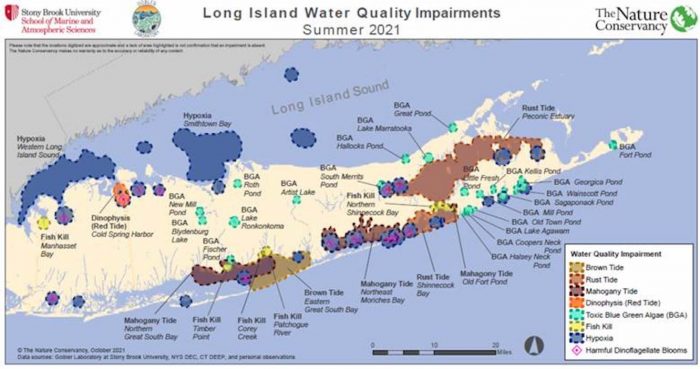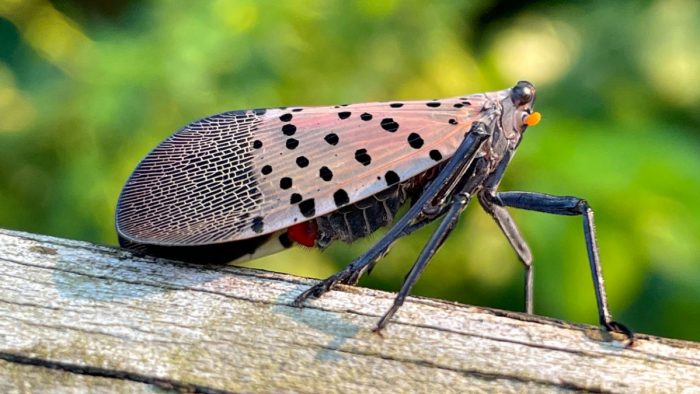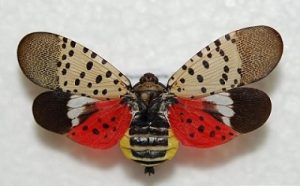By Daniel Dunaief

Before I get to the current difficulty of deciding which of the four remaining baseball teams to support, if any, I’d like to offer the following observations on a bipolar Yankees season, in which a 13-game winning stream seemed as unlikely as a 70 loss season.
The team had the talent, sort of. They are, as the saying goes, what their record says they are. In many ways, it’s remarkable that they even made the one-game wildcard playoff. They weren’t exactly world beaters against the Baltimore Orioles, who almost single handedly made it possible for the other four teams in the division to finish with over 90 wins.
They also gave away games that they seemed a lock to win, coughing up leads late, and losing key games to a Mets team that struggled to find its identity and mojo after the best pitcher on the planet, Jacob deGrom, was injured.
But this isn’t about the Mets. So, for what it’s worth, here are my Yankees thoughts. Stop worrying about how much money you’re paying players. Go with the players that helped you win. That means, if defensively-gifted shortstop Andrew Velazquez played a key role in big games with his range and defense, give him a chance.
If that also means Greg Allen needs a few at bats and a chance to race around the bases, give him a shot, too. Oh, and Tyler Wade? I know he’s not going to hit 400-foot home runs too often, but he is a versatile gamer with an ability to play numerous positions and, on occasion, to have a high contact hot streak.

If I were managing my favorite team, I’d stick with whatever is working and not try to race injured and under performing players back. Sure, Gleyber Torres and Gio Urshela have been valuable pieces in the past, but that’s not a reason to put them back on the field in the hopes that they’ll be something they weren’t before each of them got injured.
As for the current playoff conundrum, what should Yankees fans who are still paying attention to baseball root for during the last three series?
Come on, it’s almost impossible to root for the Red Sox because, well, they’re the Red Sox. Then again, the Astros are not just a baseball villain, but are also Yankee killers. Jose Altuve, who used to be a beloved versoin of the little engine that could, hits a huge home run in 2019 off of Aroldis Chapman then covers up his uniform so no one can rip it off and show a tattoo he didn’t like? Yeah, I’m sure that’s what happened because these players are so modest about their body ink.
One of those two teams will represent the American League in the World Series. If I had to choose one, I think, gulp, I’d go with the Red Sox. Part of the reason for that is that I have so many friends and professional colleagues who love the team that I’d be happy for them.
In the National League, the Braves are a feel good team. I saw Freddie Freeman at the All Star Game a few years ago and he seemed like a genuinely good father. I know that’s not a critical criteria for rooting for someone, but he held his kids and smiled at almost anyone who talked to him.
The Dodgers are the beasts of baseball in the last few years. Just when you think they couldn’t get any better, they add Max Scherzer (seriously?) and Trea Turner, two incredible deadline acquisitions for a team that was already a powerhouse. Mookie Betts is otherworldly in one way or another, with his speed, incredible and accurate arm and his ability to put the ball in play and, at times, over the wall.
I’m going to root for the underdog in the national league here, pulling for the Braves to make a Cinderella journey into the World Series and beat the deep and talented Dodgers.










































































